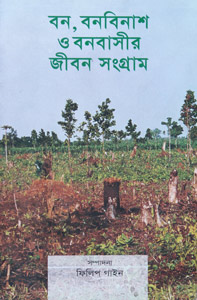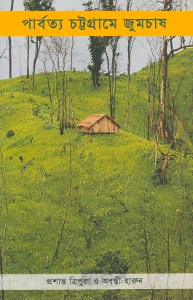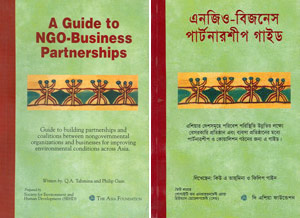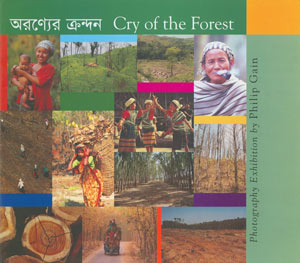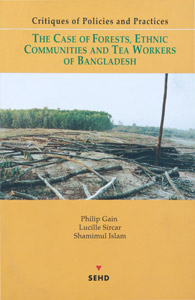
Critiques of Policies and Practices: The Case of the Forests, Ethnic Communities and Tea Workers of Bangladesh
Critique of policies regarding forests, ethnic communities and tea workers of Bangladesh. 2005, English, 108 pages,
Paperback – Tk.150 / US$5
Bangladesh, a country with a population of 144 million (July 2005 est), is in a tough struggle fighting poverty and establishing the rights of citizens.
Despite progress made in different front, serious limiting factors persist that stand in the way for the true transition of the country to democracy and political empowerment of citizens. Some key limiting factors are the weak public policy regime and non-implementation of existing policies, laws and international instruments to which Bangladesh has commitment. This situation contributes to social and economic deprivation and weak political participation of a big percentage of people of Bangladesh.
This policy critique covers two areas: the forests and indigenous peoples and tea plantation workers. It tries to show the patterns in deprivation, political participation, exclusion, access situation, livelihood status, liberty, security, response of Bangladesh to internation obligation etc. The policy critiques are not conclusive though, there must be further investigation and critical analysis in these areas. However, these at least show how wrong the policy direction of Bangladesh is.
Publication Details
Published: 2005
Language: English
Paperback: 108 pages
Editor: Phillip Gain
Price: Tk.150 / US$5

